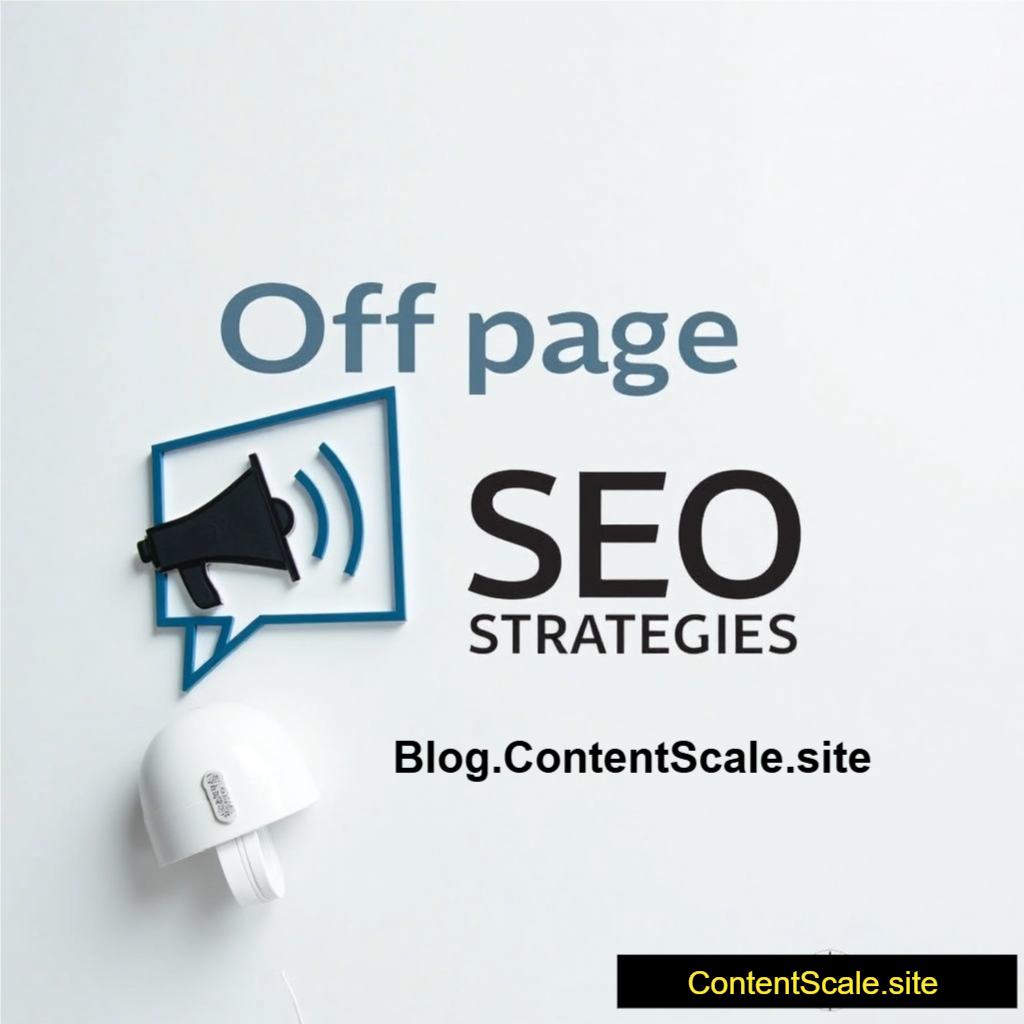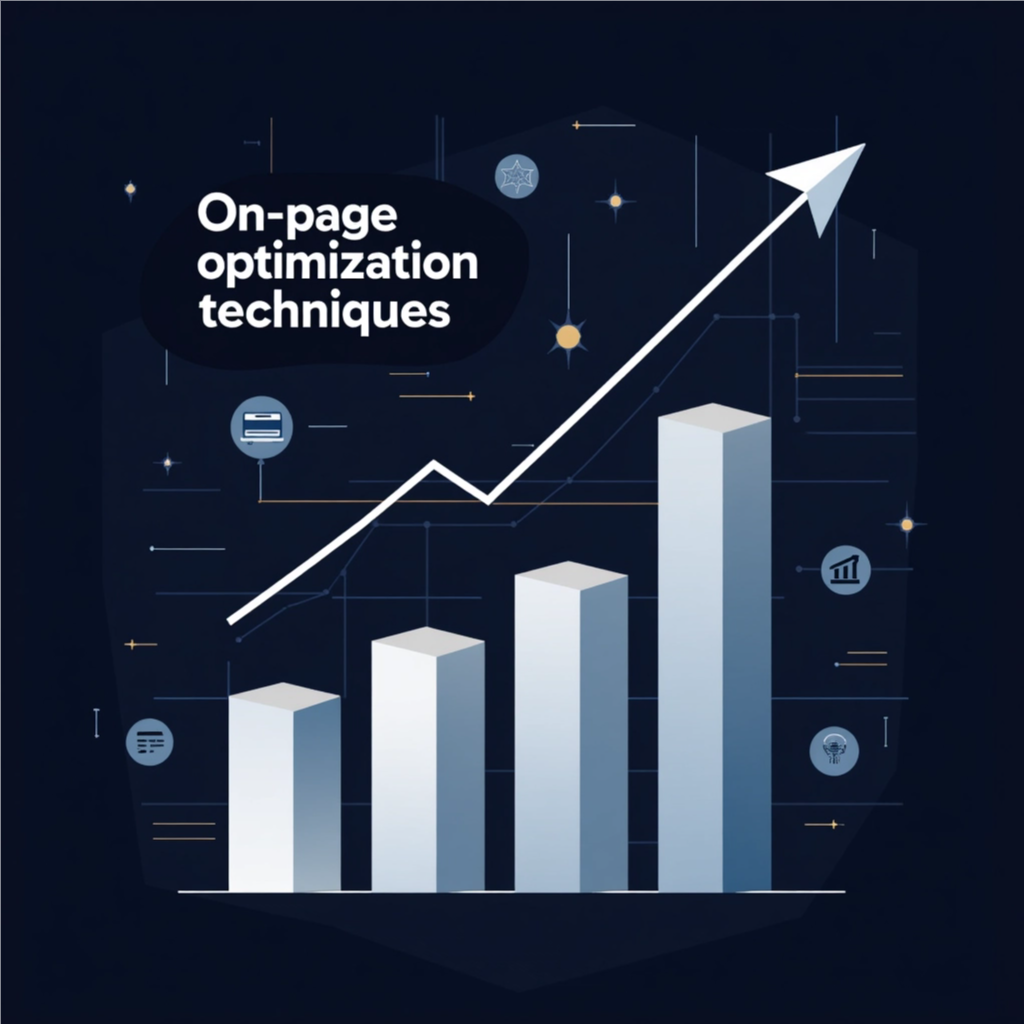SEO Challenges for Dutch and US Businesses in the Netherlands Market 🇳🇱
Comprehensive analysis based on real market data and cultural insights for 2025
Table of Contents
🎯 Netherlands Digital Market Overview
The Netherlands stands as one of Europe’s most digitally advanced markets, creating both opportunities and challenges for businesses seeking SEO success. Understanding the market dynamics is crucial for developing effective strategies.
Market Characteristics
| Factor | Netherlands | Global Average | Impact on SEO |
|---|---|---|---|
| Internet Penetration | 99.0% | 67.9% | Universal digital audience |
| English Proficiency | Very High (90%+) | Medium | Bilingual optimization opportunity |
| Mobile Usage | 138% mobile connections | 95.9% | Mobile-first essential |
| GDPR Enforcement | Very Strict | Varies | Compliance critical |
🏆 Dutch Business SEO Advantages
Dutch companies operating in their domestic market benefit from several natural advantages that international competitors must work to overcome through strategic planning and investment.
Core Dutch Business Advantages
Language and Cultural Advantages
- Native Language Proficiency: Authentic Dutch content creation without translation issues
- Cultural Intuition: Natural understanding of Dutch directness and consensus-driven preferences
- Local Context: Inherent knowledge of regional variations and local preferences
- Communication Style: Alignment with Dutch preference for efficiency and getting to the point
Business Infrastructure Advantages
| Advantage Area | Dutch Companies | Benefit Level | SEO Impact |
|---|---|---|---|
| Regulatory Knowledge | Existing GDPR compliance systems | High | Lower compliance costs |
| Local Networks | Established business relationships | High | Better link building opportunities |
| Market Understanding | Native consumer behavior knowledge | Very High | Better keyword research and content |
| Trust Signals | Local brand recognition | Medium-High | Better click-through rates |
🚧 US Company Market Challenges
American businesses entering or operating in the Netherlands encounter unique challenges that go beyond simple market entry, requiring comprehensive adaptation strategies for sustainable SEO success.
Primary Challenge Areas for US Companies
Cultural and Communication Barriers
- Communication Style Mismatch: American marketing language often seen as superficial by Dutch audiences
- Decision-Making Differences: US goal-driven approach vs Dutch consensus-driven processes
- Trust Building: Dutch prefer relationship-based trust vs task-based American approach
- Directness Expectations: Dutch users prefer concise, direct information over elaborate descriptions
Operational and Regulatory Challenges
| Challenge Area | Specific Issue | Complexity Level | Required Investment |
|---|---|---|---|
| GDPR Compliance | EU vs US privacy standards alignment | High | Legal consultation, system updates |
| Content Localization | Cultural adaptation beyond translation | Very High | Local content teams, cultural experts |
| Local Link Building | Establishing Dutch business relationships | Medium-High | Time, relationship building |
| Search Behavior Understanding | Dutch query patterns and intent | Medium | Market research, testing |
🌍 Cultural Impact on SEO Strategy
Understanding and adapting to cultural differences is crucial for SEO success in the Netherlands market. These differences affect everything from content creation to user experience design.
Key Cultural Dimensions Affecting SEO
| Cultural Dimension | Dutch Preference | US Tendency | SEO Implications |
|---|---|---|---|
| Communication Style | Direct, low-context | Varied, often high-context marketing | Clear, concise content preferred |
| Decision Making | Consensus-driven (17 vs 68 score) | Goal-oriented, competitive | Process-focused content works better |
| Trust Building | Relationship-based, long-term | Task-based, transactional | Authority and expertise signals crucial |
| Information Processing | Prefer essential information | More elaborate descriptions | Streamlined content architecture |
Content Strategy Implications
Dutch-Optimized Content Characteristics
- Direct Headlines: Clear value propositions without marketing fluff
- Structured Information: Organized, scannable content formats
- Honest Communication: Transparent about limitations and processes
- Efficiency Focus: Respect for user time and clear navigation paths
- Local Relevance: Dutch examples, case studies, and context
⚖️ GDPR Compliance and Enforcement
The Netherlands maintains some of the strictest GDPR enforcement in Europe, making compliance not just a legal requirement but a crucial factor for SEO success and user trust.
Dutch GDPR Enforcement Priorities
| Compliance Area | Requirement | Enforcement Level | SEO Impact |
|---|---|---|---|
| Cookie Consent | Prior consent before non-essential cookies | Very High | Analytics data limitation |
| Privacy Policies | Clear, accessible Dutch language policies | High | Trust signals for search engines |
| Data Processing | Lawful basis for all personal data use | High | Affects personalization capabilities |
| User Rights | Data access, deletion, portability | Medium-High | Website functionality requirements |
Compliance Best Practices for SEO
Essential GDPR-SEO Integration
- Cookie-Free Analytics: Implement privacy-first tracking solutions
- Consent Management: User-friendly cookie banners that don’t block content access
- Page Speed Optimization: Ensure compliance tools don’t harm Core Web Vitals
- Trust Signal Enhancement: Transparent privacy practices as ranking factors
- Data Minimization: Collect only necessary data for SEO insights
🔍 Dutch Consumer Search Behavior
Understanding Dutch search behavior patterns is essential for creating effective SEO strategies that align with local user expectations and cultural preferences.
Search Pattern Characteristics
| Behavior Pattern | Dutch Preference | Frequency | Optimization Focus |
|---|---|---|---|
| Query Style | Direct, specific questions | High | FAQ-style content structure |
| Information Seeking | Concise, actionable answers | Very High | Micro-answers and structured data |
| Local Intent | Location-specific services | High | Local SEO optimization |
| Mobile Usage | Smartphone-first browsing | Very High (138% connections) | Mobile-first indexing essential |
Language and Content Preferences
Dutch Content Optimization Guidelines
- Bilingual Strategy: Dutch primary with English alternatives for international services
- Direct Communication: Clear value propositions without marketing jargon
- Question-Based Headers: “Hoe werkt…” (How does it work) and “Wat kost…” (What does it cost)
- Practical Information: Focus on implementation and practical benefits
- Local Examples: Dutch case studies and references to build credibility
🔧 Evidence-Based Optimization Strategies
Successful SEO in the Netherlands requires strategies that address both technical optimization and cultural alignment, based on documented market characteristics and user behavior patterns.
Core Strategy Framework
| Strategy Component | Implementation | Priority Level | Expected Impact |
|---|---|---|---|
| Cultural Adaptation | Dutch communication style alignment | Critical | Improved user engagement |
| GDPR Compliance | Privacy-first tracking and consent | Critical | Trust and legal protection |
| Mobile Optimization | Mobile-first design and performance | Very High | Better rankings and UX |
| Local Content | Dutch examples and case studies | High | Enhanced relevance |
Technical Implementation Best Practices
Netherlands-Specific Technical SEO
- Hreflang Implementation: Proper nl-NL and en-NL language targeting
- Schema Markup: FAQ and HowTo schemas for Dutch query patterns
- Core Web Vitals: Optimized for high Dutch user expectations
- EU Hosting: European servers for GDPR compliance and speed
- SSL and Security: EU-trusted certificates and encryption
📋 Practical Implementation Guide
This practical guide provides a systematic approach to implementing SEO strategies for the Netherlands market, tailored for both Dutch companies optimizing their approach and international businesses entering the market.
Phase 1: Foundation and Compliance (Months 1-2)
Essential Setup Requirements
- GDPR Compliance Audit
- Implement compliant cookie consent management
- Create Dutch-language privacy policies
- Set up EU-hosted analytics (GA4 with consent mode)
- Document data processing activities
- Technical Foundation
- Configure European hosting for faster loading
- Implement proper hreflang tags for Dutch/English content
- Optimize Core Web Vitals for mobile users
- Set up Google Search Console with Netherlands targeting
Phase 2: Cultural Adaptation and Content (Months 2-4)
| Implementation Area | Dutch Companies | US Companies | Success Metrics |
|---|---|---|---|
| Content Strategy | Optimize existing Dutch content | Create localized Dutch content | Engagement rate improvement |
| Keyword Research | Expand current keyword targeting | Build Dutch keyword foundation | Search visibility increase |
| UX Optimization | Refine user experience | Redesign for Dutch preferences | Bounce rate reduction |
| Local Integration | Strengthen local connections | Build Dutch market presence | Local search ranking |
Phase 3: Authority Building and Growth (Months 4-6)
Long-term Success Strategies
- Local Link Building: Develop relationships with Dutch businesses and publications
- Content Authority: Create comprehensive Dutch market resources
- Community Engagement: Participate in Dutch business networks and forums
- Performance Monitoring: Track Dutch-specific KPIs and adjust strategies
- Continuous Optimization: Regular testing and refinement based on market feedback
✅ Critical Success Factors
Analyzing successful SEO implementations in the Netherlands reveals consistent patterns and critical success factors that determine long-term market success.
Primary Success Indicators
| Success Factor | Importance Level | Dutch Companies | US Companies |
|---|---|---|---|
| Cultural Alignment | Critical | Natural advantage | Requires significant investment |
| GDPR Compliance | Critical | Existing systems | Major adaptation needed |
| Mobile Optimization | Very High | Standard practice | May require rebuilding |
| Local Relationships | High | Established networks | Requires time investment |
Competitive Advantages Framework
Dutch Market Competitive Factors
- Technical Excellence: Superior Core Web Vitals and mobile performance
- Content Quality: Comprehensive, accurate, and culturally relevant information
- Trust Signals: Transparent business practices and clear privacy policies
- User Experience: Efficient, direct navigation that respects user time
- Local Authority: Recognition within Dutch business and professional networks
🔮 Market Outlook and Trends
Understanding future market trends helps businesses prepare for upcoming challenges and opportunities in the Netherlands SEO landscape.
Emerging Market Trends
| Trend Area | Current Status | 2025-2026 Projection | Strategic Implications |
|---|---|---|---|
| Mobile Usage | 138% mobile connections | Continued growth in mobile-first behavior | Mobile optimization essential |
| Privacy Regulations | Strict GDPR enforcement | Even stricter compliance requirements | Privacy-first strategies crucial |
| AI Integration | Early adoption in search | Increased AI features in Google NL | Content structure optimization needed |
| Voice Search | Growing adoption | Mainstream Dutch voice queries | Conversational content optimization |
Strategic Preparation Areas
Future-Ready SEO Strategies
- Enhanced Privacy Focus: Zero-party data strategies and consent optimization
- AI-Ready Content: Structured, query-focused content for AI understanding
- Voice Search Optimization: Natural Dutch language patterns and conversational queries
- Sustainability Messaging: Environmental consciousness growing among Dutch consumers
- Local Partnership Development: Deeper integration with Dutch business ecosystem
Ready to Master Netherlands SEO?
Transform your Dutch market visibility with proven SEO strategies designed specifically for the Netherlands business environment and consumer behavior.
What You Get:
- Complete Netherlands SEO audit and strategy development
- KvK registration assistance and business setup guidance
- GDPR-compliant technical SEO implementation
- Dutch market keyword research and content optimization
- Local citation building and Google My Business optimization
- Ongoing performance monitoring and monthly reporting
❓ Frequently Asked Questions



